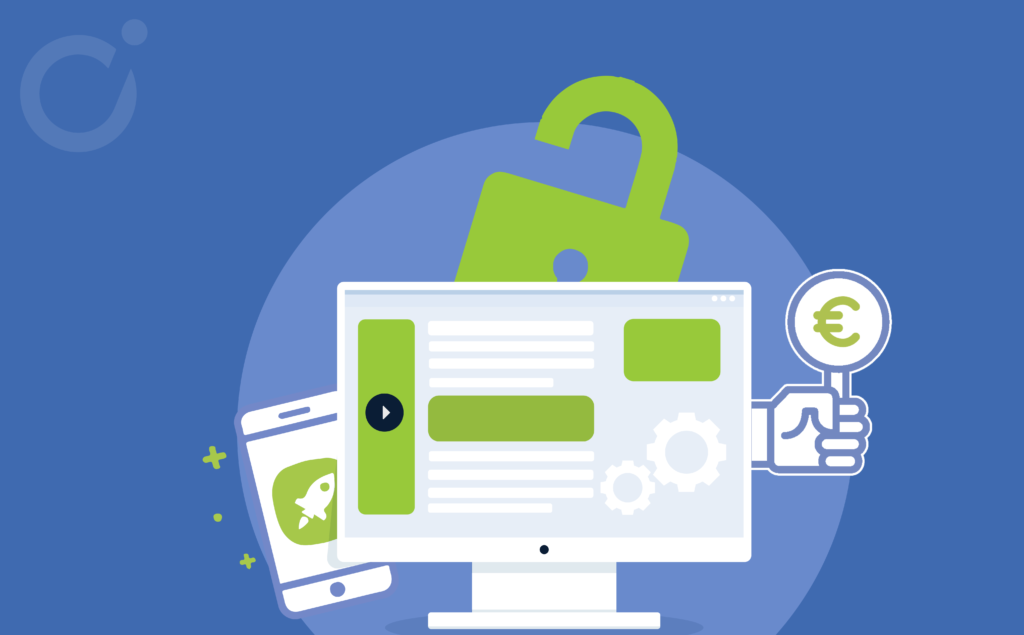While the year is characterized by a major economic crisis, a completely different issue has shaken up the advertising industry in early January. Indeed, on Tuesday, January 24, 2023, the Antitrust Division of the United States Department of Justice filed a civil antitrust suit against Google. The American giant is accused of anticompetitive and exclusionary behavior consisting in neutralizing or eliminating competitors in the field of AdTech through acquisitions or even agreements with other companies, forcing publishers and advertisers to use its products and accept the policies they include.
In order to make the market fairer and establish an open advertising ecosystem, the entire advertising industry needs to play by the same rules by developing and using solutions that do not rely solely on one player. Not only will this create a more ethical market, but it will also benefit advertisers, agencies, publishers, media groups, and sales houses by increasing competition and therefore online revenue.
That is why, at Opti Digital, we have developed three products along these lines:
1. Opti All-in-One Prebid Wrapper
A header bidding wrapper is a key technology used in programmatic advertising. It enables publishers to offer simultaneously their ad inventory to multiple demand partners, thereby increasing competition and boosting their ad revenue.
Today, publishers can either sell their inventory to Google’s own programmatic demand or connect more SSPs, via a header bidding wrapper. Using a HB wrapper has two main advantages:
- It increases competition as it allows multiple demand partners to bid simultaneously in an auction. In this case, if Google wants to win the bid, it will have to offer a higher price than the winning bid from the HB wrapper.
- It allows publishers to better control their inventory and not rely solely on Google’s algorithms. It’s also less risky, as diversifying revenue streams mitigates the risk of losing revenue due to market changes or Google’s policy changes.
At Opti Digital, we work with the leading wrapper technology Prebid as it is a free and open source technology that has been widely adopted by publishers around the globe. It is also a fully transparent technology, with no conflicts of interest.
And because we have full control over this technology, and transparency is one of our core values, all advertising results achieved by our publishers are available in their own Revenue Tracking Platform. Each publisher is then able to estimate the incremental value of each SSP as well as the one of Google.
2. Opti Engage: The ad format that brings value to the whole ecosystem
Opti Digital’s second offering to create a more equitable advertising ecosystem is the Opti Engage format.
The power of this new product lies in its ability to effectively combine the demand from different sources into one engaging ad experience. Users enjoy more interactivity and a smart, playful design which leads to high brand awareness, viewability and click-through rates for brands. Demand Partners, SSPs and DSPs, get a high quality path to the inventory. And as a result, publishers benefit from high CPMs and receive larger payouts at the end of the month.
With Opti Engage, Prebid as a whole becomes more profitable for publishers and generates a higher share of the revenue. It also encourages Google AdX to be more generous and outbid it instead of paying the lowest possible price.

3. Opti Yield: The AI-Based solution that sends floor prices to all partners up
front
Finally, how can we talk about the fight for an open ecosystem without talking about transparency? Opti Yield, an AI-Based Dynamic Flooring technology, sends floor prices in the bid request to all bidding partners. It efficiently balances bids rather than relying solely on Google Ad Manager UPRs disqualifying bids post bid.
In addition, it also counters Bid Shading, which aims to reduce CPMs by identifying the lowest price at which SSPs can obtain impressions. Buyers save about 20% with bid shading, according to figures released by The Trade Desk, Rubicon Project and PubMatic, which translates into a decrease in potential earnings for publishers.
Dynamic price floors prevent the devaluation of inventories by applying floors that accurately reflect the audience’s true value. Publishers using Opti Yield have observed an average revenue lift of +20% EBITDA.
By communicating dynamic price floors via Prebid and via Amazon to the buy-side, DSPs don’t need to develop and run bid shading algorithms anymore and all demand partners play by the same rules.
Watch our last webinar about Opti Yield: AI-Based Dynamic Flooring: Secure a new source of revenue.
Since its creation in 2018, Opti Digital has consistently provided seamless solutions for publishers encouraging an open advertising ecosystem and will continue to do so in the future. By developing all of our solutions in-house, we maintain complete control over the entire product lifecycle, ensuring total transparency to publishers while also enabling collaboration with various players in the programmatic chain such as SSPs and channel partners.
Let’s start working together for an Open Advertising Ecosystem!

